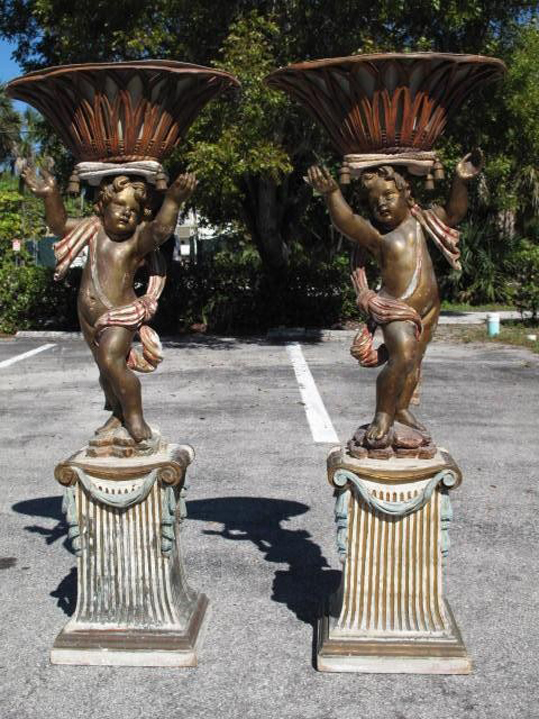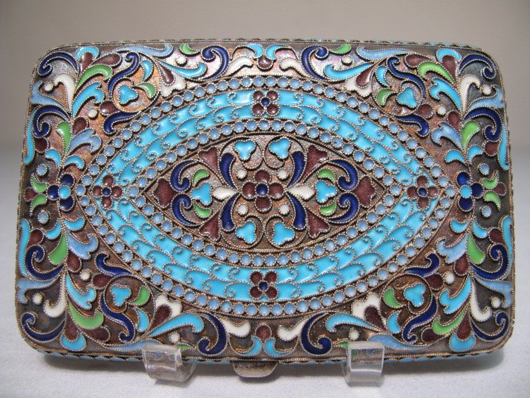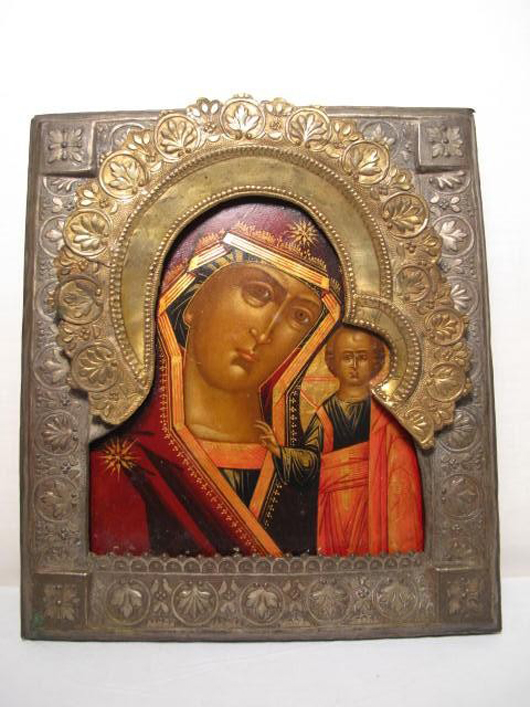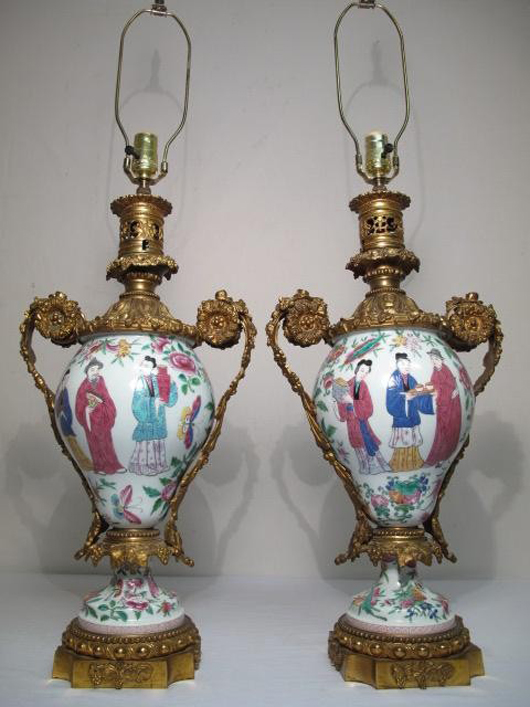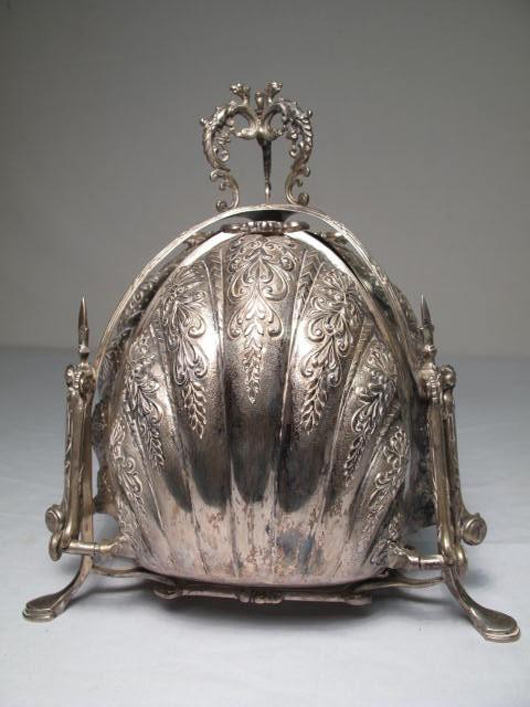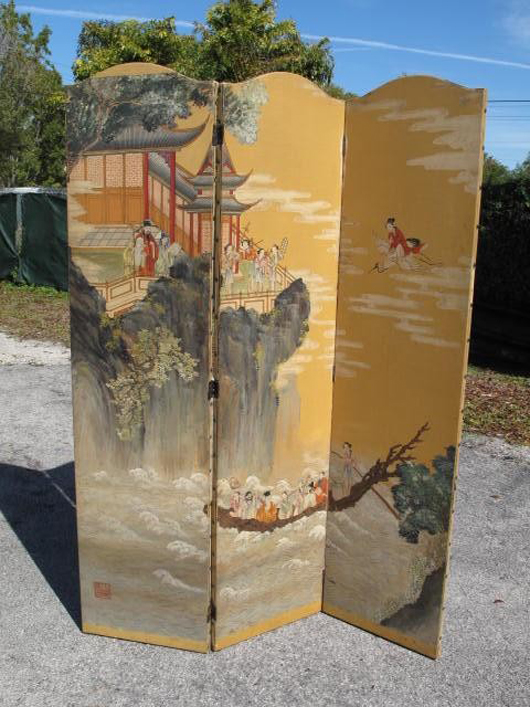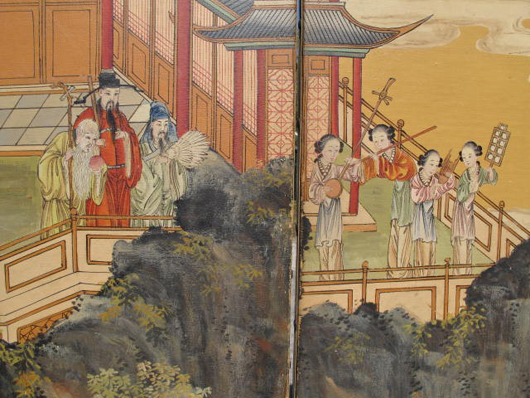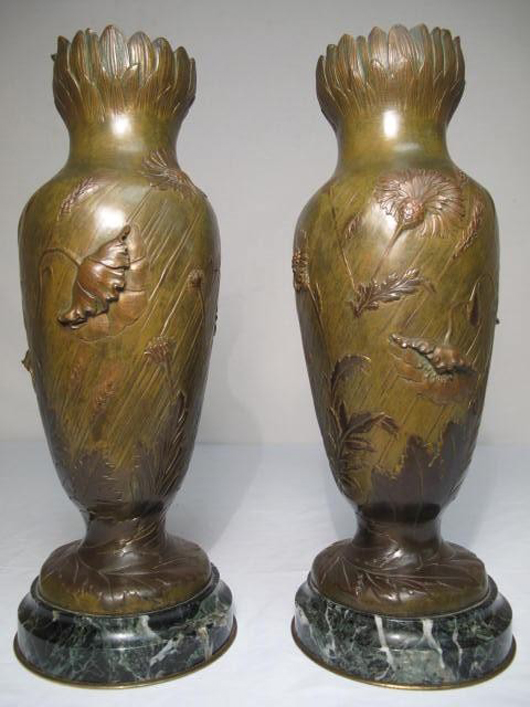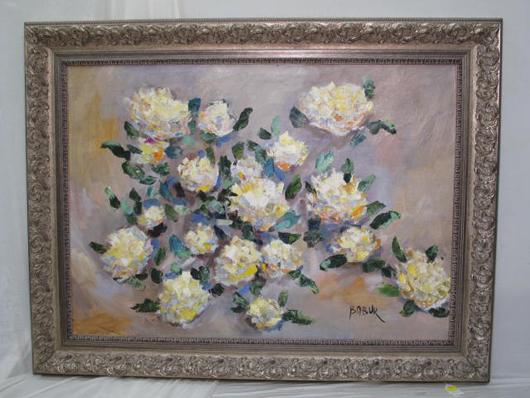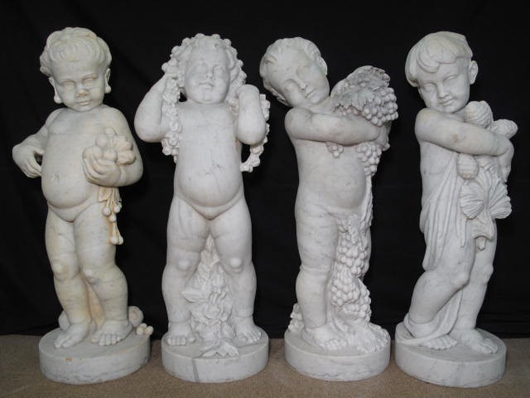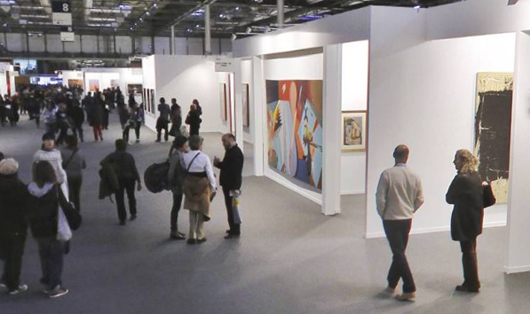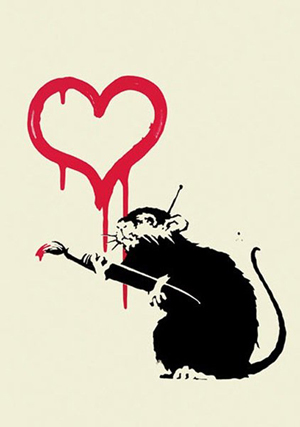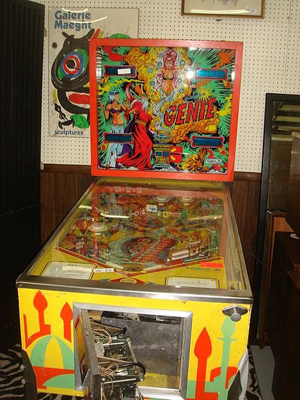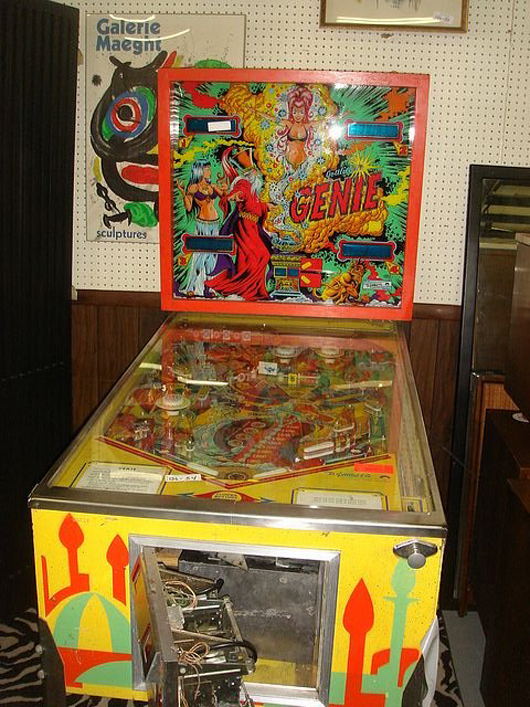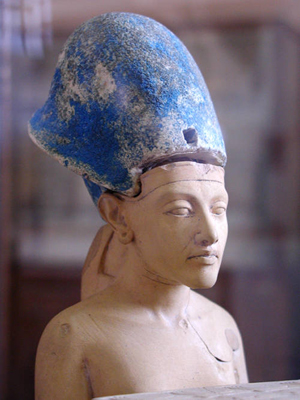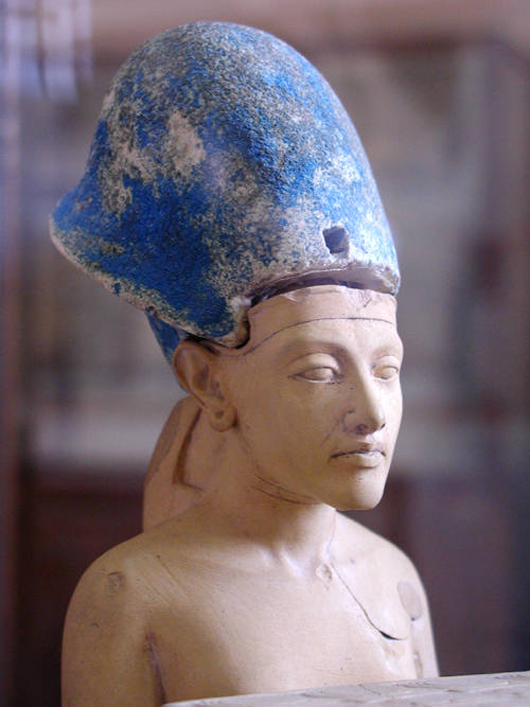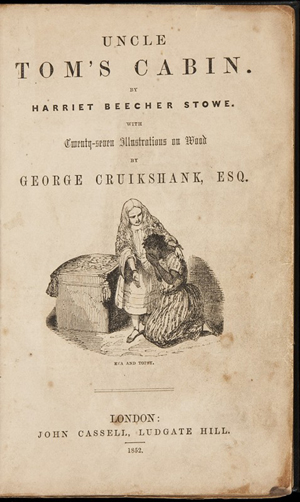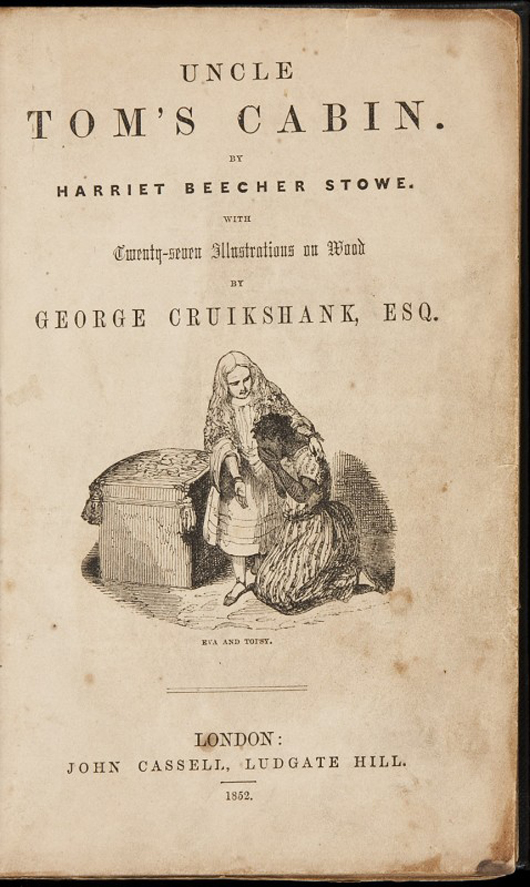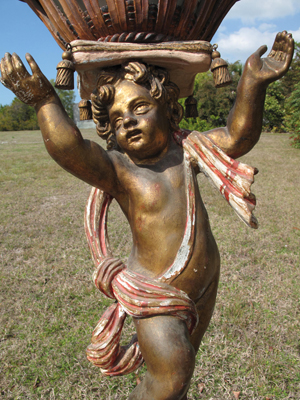
NAPLES, Fla. – A carefully hand-picked selection of estate antiques, fine and decorative art, garden statuary and furniture is waiting in the wings for Auctions Neapolitan’s Feb. 26 Collectors Delight sale. The 425-lot auction offers a quality array of fresh to the market items from some of Naples’ most tastefully appointed residences.
Auctions Neapolitan’s owner, Kathleen Pica, describes the auction’s contents as being “a wide mix with reasonable estimates,” adding, “I think bidders are going to be surprised and very pleased at the abundance of particularly nice items we’ve chosen for this sale. It was actually quite difficult to narrow down the choices for this sale, which we wanted to keep to around 400 lots. So many beautiful pieces have come in to the gallery lately, we’ve found it pleasantly challenging to create the ideal auction inventory.”
The garden art portion of the Saturday afternoon event is led by a rare pair of latter-19th century Venetian parcel gilt and polychrome-painted wood putti on stands. Masterfully carved and detailed, each of the cherubs supports on its “cushioned” head a reticulated, carved-wood cachepot with original tole liner. The figures stand 57 inches tall and came from a Naples residence. They will be auctioned as a pair with an estimate of $7,000-$9,000.
A quartet of life-size Italian marble cherubs in various endearing poses is a figural representation of the four seasons. Each 36-inch-tall cherub holds, or is draped with, a seasonal form of vegetation, such as a cherries and apples; grapes, pinecones, or a floral garland. The charming garden foursome is expected to fetch $4,000-$6,000.
Another garden entry in the sale – a mustard-yellow painted metal, bamboo and leather dining set – serves both a practical and aesthetic purpose, and retains its four sturdy matching chairs with leather details. Estimate $400-$600.
Several 19th-century Russian icons are to be auctioned, including a depiction of The Kazan Mother of God and The Christ Child receiving a blessing, and a second example that depicts Christ Pantocrator, measuring 14 inches by 12 inches. Each of the icons is estimated at $1,200-$1,800.
An elegant and profusely detailed Russian enameled-silver cigarette case is hallmarked and displays the number “84” and initials “NC” in an oval. The enamel work, which is in an appealing palette of turquoise, cobalt blue, burgundy and white, is all intact. The case is estimated at $1,200-$1,500.
A Russian abstract floral still life signed “Babur” measures 61 inches by 48 inches, framed. It carries a presale estimate of $1,400-$1,800.
In the Asian art category, bidders will have the opportunity to pursue a painted-leather three-panel Chinese screen decorated with a landscape scene featuring figures, cranes and temple and other images. Each panel measures 16½ inches by 68 inches, with a signature and “chop” at lower left. Estimate: $2,000-$3,000.
Published around 1934 by The Limited Editions Club, New York, a complete set of six signed Picasso etchings – Aristophanes, Lysistrata – includes: Serment des Femmes, Deux Veillards et Voilier, Cinesias et Myrrhine, Couple et Enfant, Le Festin and Accord entre les Guerriers de Sparte et d’Athenes. In addition to bearing the artist’s pencil signature, each of the six etchings in the volume measures 13 inches by 10½ inches, is numbered 150/48 and has been double-matted under glass and framed. The lot estimate is $14,000-$18,000.
The decorative arts section of the sale includes a pair of late-19th-century Famille Rose bronze ormolu urns mounted as lamps, $400-$900; an Art Nouveau life-size marble sculpture of a nude female, dated 1922 and signed L. Guarrini, $1,500-$2,000; and a pair of fine circa-1900 Art Nouveau bronze vases signed Abel. The latter duo will be auctioned with an $1,800-$2,600 estimate.
The soft shine of old sterling silver is seen in both the Dominick & Haff (for Tilden Thurber & Co.) 8-inch chased repousse pitcher and the German muffin warmer with gold-washed interior and a weight of 49 troy ounces. Each is estimated at $700-$900.
Kathleen Pica said she expects a very good turnout for the auction since so many buyers are already going to be in town over the same weekend for the first-ever Naples International Art & Antique Fair (opens Feb. 24, runs through March 1). “Being able to attend a quality auction adds another dimension to the buying opportunities over the weekend,” Pica said. “We look forward to welcoming antique show visitors to our auction event and introducing them to our friendly and knowledgeable staff.”
The Feb. 26 auction will begin at 12 noon Eastern Time. For questions or further information on any item in the auction, call Kathleen Pica at Auctions Neapolitan at 239-262-7333 or e-mail sales@auctionsN.com.
# # #
ADDITIONAL LOTS OF NOTE
